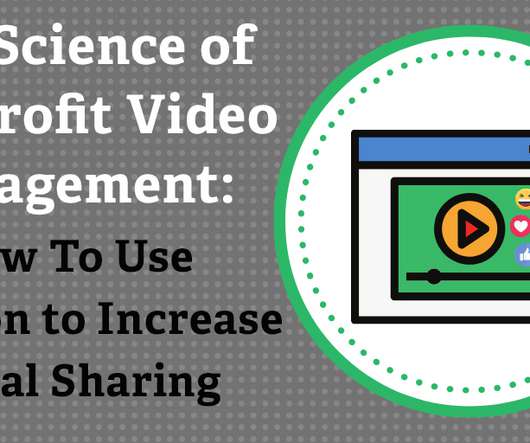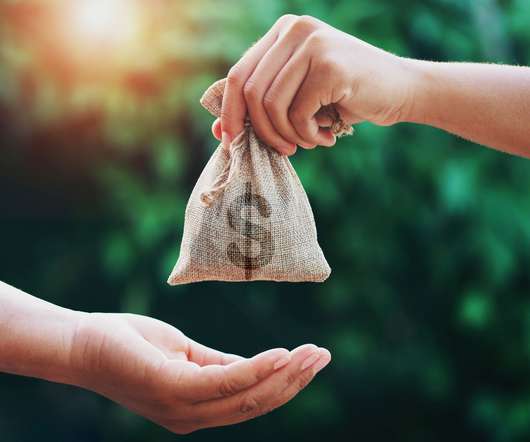The Science of Nonprofit Video Engagement: How To Use Emotion to Increase Social Sharing
Nonprofit Tech for Good
JULY 5, 2020
Their work has been featured in The New York Times, NPR, CNN and AdWeek and Doug is a guest lecturer at Stanford University on the power of storytelling for nonprofit organizations. Emotional reactions captured in real-time. Watch what this group of teens did for their community. Political/controversial topics.











Let's personalize your content